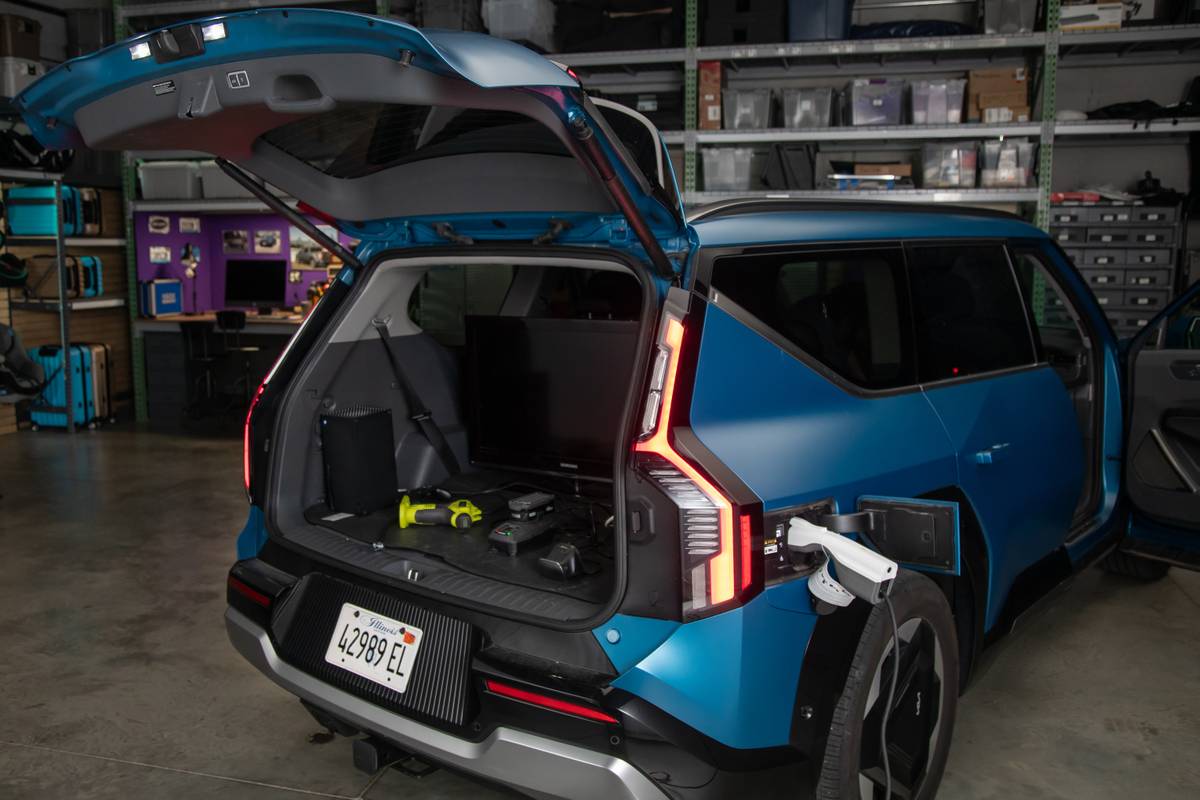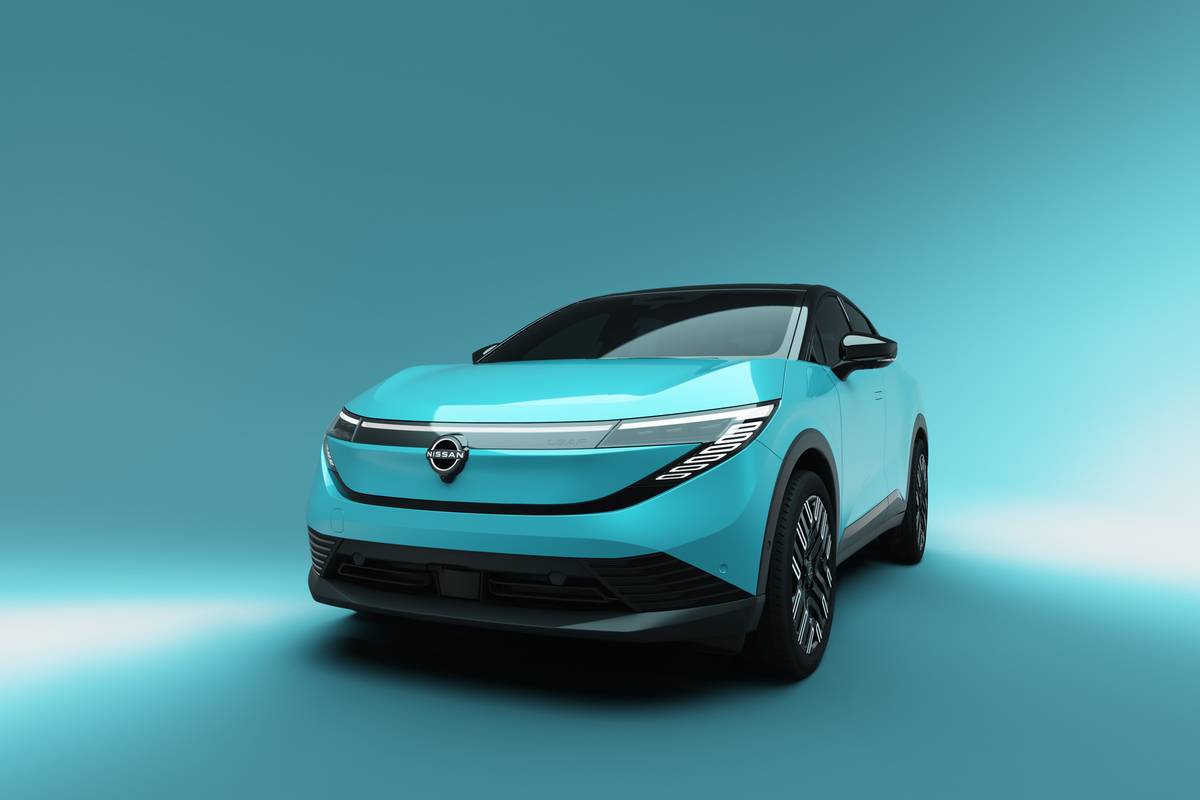IndyStar.com's view
Aside from the Rolls-Royce, the British automobile that has the greatest reputation on the American automotive market is the Jaguar.
It was in the years after World War II that a stunned Detroit viewed a low-slung Jaguar XK120 roadster making its debut on American shores. The Motor City isn’t stunned today, but it still looks with interest at the newly styled 1992 Jaguar XJS coupe and convertible, and the virtually unchanged Jaguar sedan models.
Jaguar actually has been in the American market since 1936, exporting just 889 cars before l940 to the United States. It’s a little different now: Jaguar is American owned and about 40 percent of production goes to the United States.
Jaguar belongs to Ford Motor Co., which plans to move it to Ford’s world headquarters in Dearborn, Mich., rather than maintain it in Great Britain.
Appearance-wise, the new Jaguar coupe and convertible follow the traditional theme of evolution not revolution. But there still are more than 1,200 new or modified components in these ’92 cars.
“What they wanted to do,” said Steve Kern, new-car sales manager for Tom Wood Jaguar-Volvo-Subaru, “was to bring the futuristic look they created in the 1970s up to the l990s. But they didn’t want to obsolete the look of the cars of the past.”
Beneath the bonnet, better known in this country as the hood, lurks a single-overhead-cam (per bank) V-12. This is an engine that Jaguar has been producing since 1971. But for 1992, it was updated with a new electronic fuel management system. Engine refinements improve driveability, starting, and operational efficiency while the V-12 comes up to operating temperature.
“One other thing they did in redesigning some of the engine was to make it easier for the mechanics to work on it,” Kern said. “Servicing it now is a lot more simple.”
Many years ago, the V-12 was offered in the sedan, but then was dropped in favor of a dual-cam in-line 6. Not offering the 12-cylinder as an option was a mistake, because it is a marvelously smooth, powerful engine.
At 5.3-liters (326-cubic inches) of displacement, it produces 263 horsepower and 288 foot-pounds of torque. Jaguar doesn’t quote speed figures, but predecessor XJS models were rated by independent road tests at around 150 miles per hour.
Since its launch in 1975, the XJS has had classic styling. It is preserved in new body paneling that encompasses the trunk, rear fenders, doors, sills, and, in the coupe, the roof.
The low, wide look also is retained with a new grille, single unit headlamps with wipers, flared rocker panels, and wrap-around tail lights. In the coupe, a new glasshouse incorporates frameless door glass, new quarter window glass, and glazed front and rear windows.
The XJS always has been a proponent of fast touring in comfortable trappings.
“It’s the essence of a grand touring car,” Kern said. “There is some weight to it, and with four-wheel independent suspension the ride is just terrific.”
Having but 102 inches of whe elbase and 191.2 inches of overall length, both coupe and convertible have curb weights which exceed most full-sized American sedans. The coupe weighs 3,970 pounds, and the convertible 4,l94 pounds.
The XJS coupe is whisper quiet at high speed. The convertible is almost as quiet, though it doesn’t have the same insulation as the hardtop.
Either model affords driver and passenger soft leather, burl walnut veneers, and a complete range of electronic genies awaiting commands.
Drivers will find a new interior with redesigned seats that now are electrically operated via controls on the doors. In addition, the electric seat heating and lumbar support systems also have been redesigned.
In this automobile designed for grand touring, particular attention has been paid to the instrumentation, which features traditional large round dials for the speedometer and tachometer. They replace the barrel gauges that rolled over in providing readings.
The dials are easily read at high sp eed, an d they complement new switches and controls grouped within easy reach of the driver.
The XJS appeals to buyers of all ages, although they obviously need to be somewhat affluent due to the price of the cars. The coupe is stickered at $61,080, the convertible at $68,080.
“We sell to all age groups,” Kern said. “We have a lot of customers who are professional people who always dreamed of owning a Jag when they were just starting out. And now that they are established, they’re fulfilling their dreams.”
Latest news



